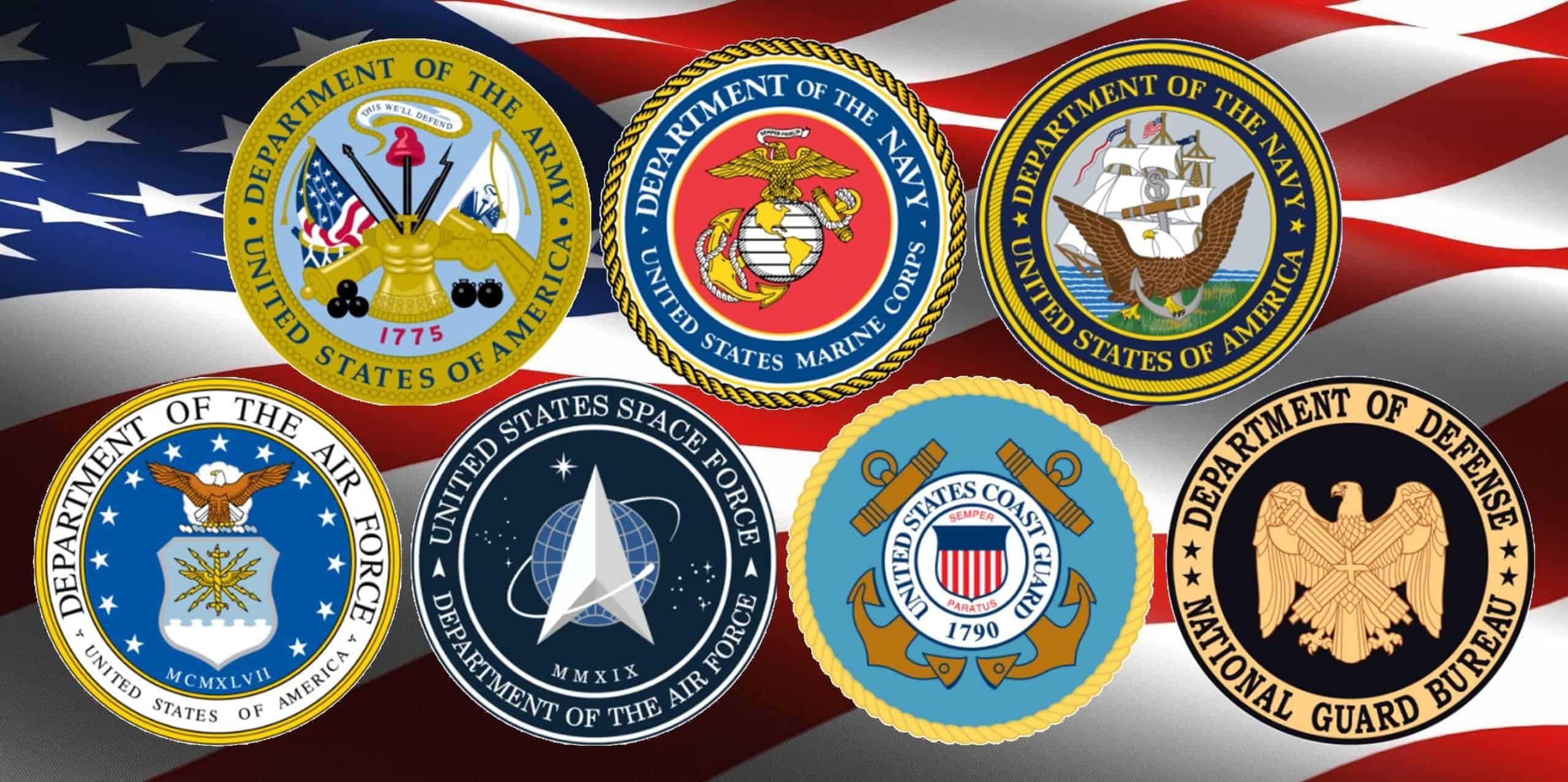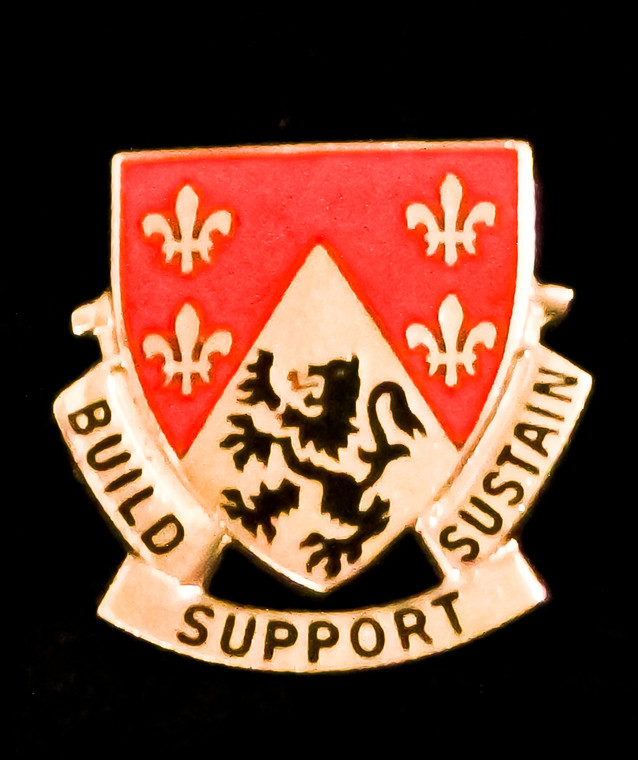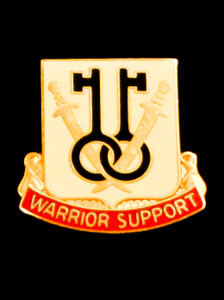
The 249th Engineer Battalion was first constituted in the Army of the United States on 25 February 1943 as the 249th Engineer Combat Battalion and activated at Camp Bowie, Texas on 5 May 1943. It fought in four campaigns of the European Theater in World War II and was honored with a Citation in the Order of the Day of the Belgium Army for its outstanding service during the Battle of the Bulge.
Inactivated from November 1945 until March 1948, the unit was redesignated as the 442nd Engineer Construction Battalion and allotted to the Organized Reserves (which became the Army Reserve in July 1952) and activated 89 April 1948. It was given its current designation on 9 December 1954 and concurrently withdrawn from the Army Reserve and allotted to the Regular Army on 9 December 1954. Before its next inactivation period in October 1991, the Battalion would deploy in support of Operations Desert Shield/Desert Storm, taking part in all three campaigns and receiving a Meritorious Unit Commendation for its exception performance.
After being inactivated for over three years, the Battalion was reactivated on 16 November 1994 at Fort Belvoir, Virginia, site of its current Headquarters and Headquarters Company and two subordinate Engineer Companies (C and D). Its other two Companies, A and B, are respectively based at Schofield Barracks, Hawaii and Fort Bragg, North Carolina. Each of these companies consists of four to six platoon, each with the ability to product roughly 3 megawatts of power. Since its activation at Fort Belvoir, the Battalion has been tapped for three Army Superior Unit Awards, (1994-1995, 1995-1996, 2011-2012).
The 249th Engineer Battalion Distinctive Unit Insignia, more commonly called a “unit crest” or DUI, was approved on 9 November 1965. It consists of a shield section and a scroll attached to it that bears the inscription of the unit motto, “Build Support Sustain,” with the shield divided into sections of scarlet and white (silver). A lion rampant inside a chevron, a longstanding symbol of support in heraldry, is suggested by the Belgian coat of arms and is a reference to the unit’s citation in the Belgian Army’s Order of the Day. Four fleurs-de-lis denote four World War II campaigns in the European Theater.
The DUI is the picture is the one you will receive.






